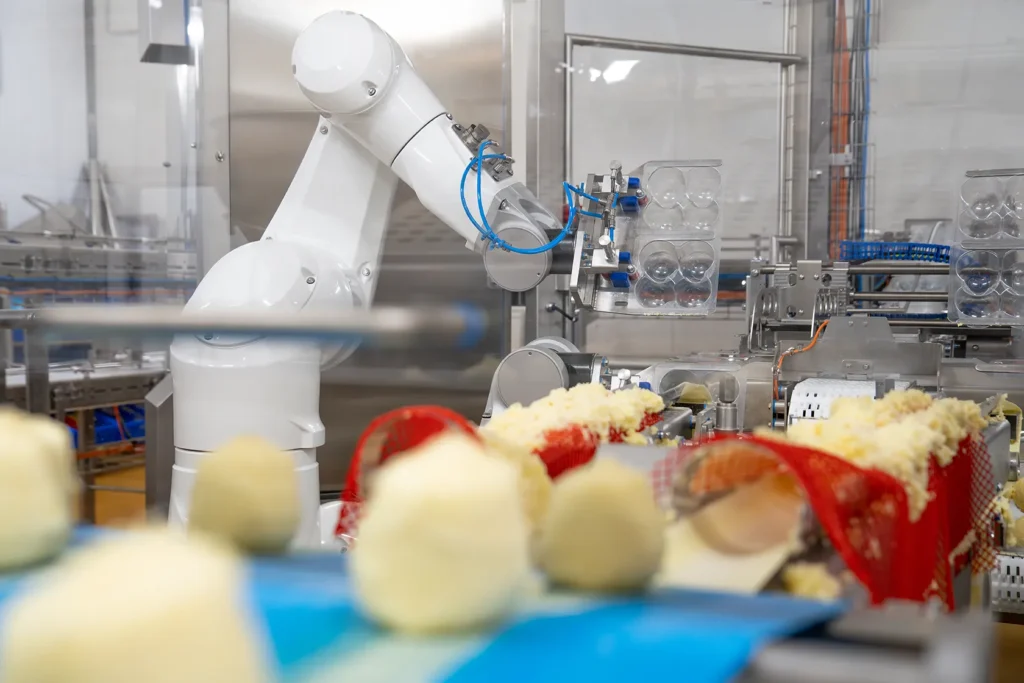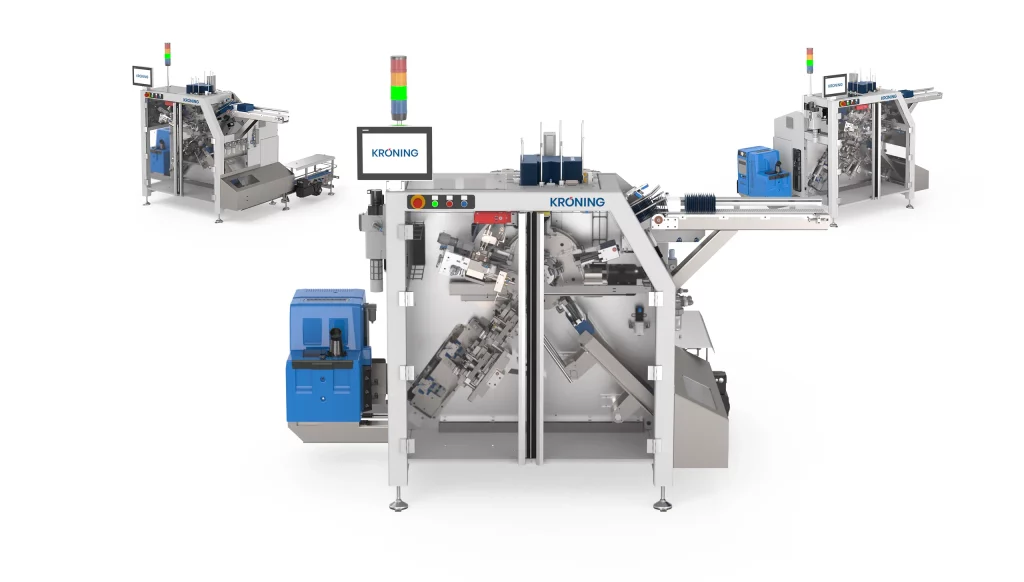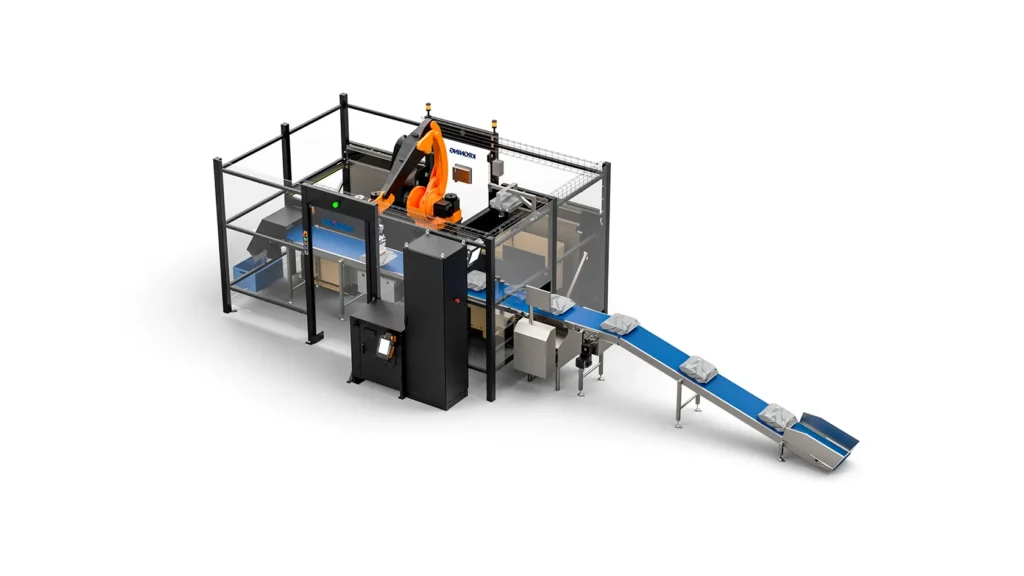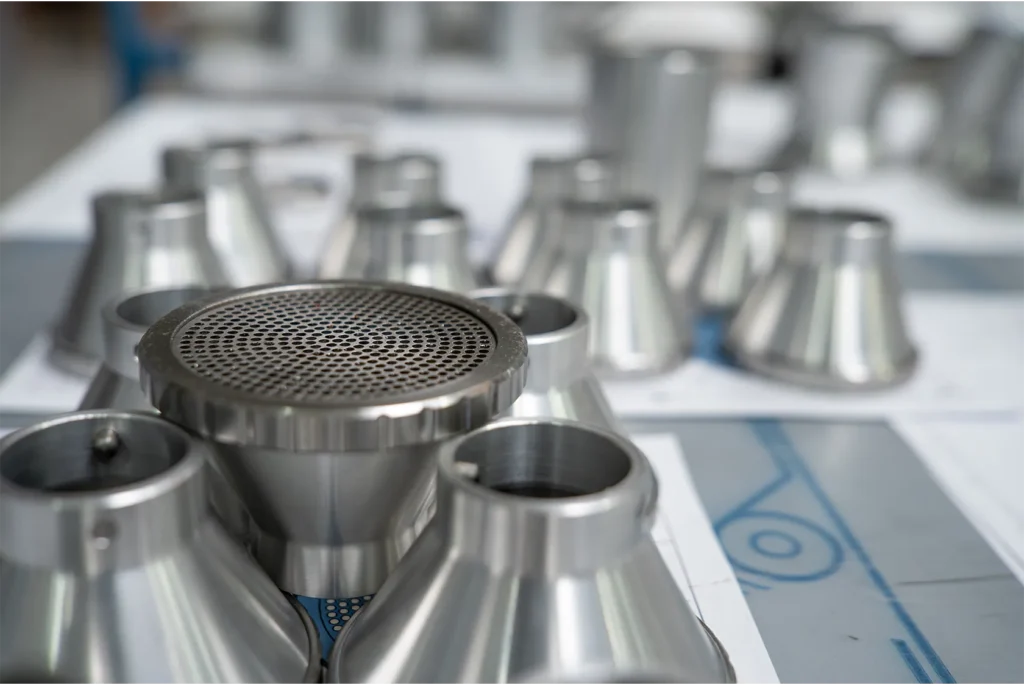Robot types in industrial automation – an overview
The automation of industrial processes requires the targeted use of robots that have different designs and properties depending on the application. In the following, we present the most common robot types and show their respective advantages.
Retrofit or new development?
In the fast-paced world of industrial production, companies are regularly faced with the decision of either modernizing existing machines through a retrofit or considering a completely new development. Both approaches have their specific advantages, but also their challenges. At KRÖNING – Automation, we support our customers in finding the optimal solution for them. In the following, we will examine when a retrofit is worthwhile and when a new development is the better choice.
Can robots increase employee satisfaction?
In many manufacturing companies, physically demanding tasks are part of everyday life for employees. Musculoskeletal disorders are a particularly common cause of sick leave, especially in jobs involving heavy lifting, repetitive movements, and awkward postures. This physical strain not only leads to health problems, but also to reduced productivity and increased absenteeism.
Hygiene standards in automation
The food industry places particularly high demands on the hygienic design of production facilities. The processing of unpackaged food requires special materials, well thought-out design principles, and flexible solutions. Below, we explain three key aspects that must be taken into account when developing machines for this sensitive area.
Palletizing — Getting started with automation
Many small businesses and manufacturers believe that automating their processes is not possible. However, experience shows that there is almost always potential for automation—especially when it comes to reducing the workload of employees and making repetitive tasks more efficient.




